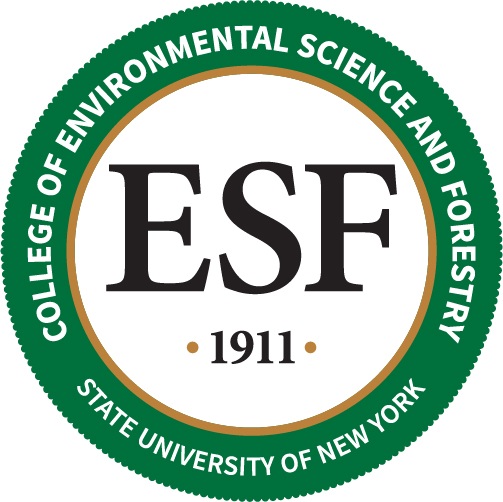Newswise — An international team of scientists is launching a study into the effects of marine hypoxia – oxygen loss that is linked to climate change – on fish species and their food webs in three locations around the world.
Supported by $1.14 million from the National Science Foundation, the team will study fish from Lake Erie, the Baltic Sea and a Gulf of Mexico estuary to assess how exposure to hypoxia affects fish and their habitat. The scientists will also investigate the economic impact of the changes, which is sometimes difficult to pinpoint.
The fishes’ own bodies will tell the story.
Chief among the research tools are otoliths, earstones made of calcium carbonate that grow as the fish grows, forming rings each year that can be read much the same way as a tree’s rings. Their growth incorporates traces of elements that reflect the chemistry of the water in which the fish lived. Through X-ray fluorescence and mass spectrometry analysis, scientists can extract from the otoliths the story of the fish’s growth and movements among different environments.
The researchers will also examine the fishes’ eye lenses, which record exposure to the toxic element mercury; and muscle tissue, which can be analyzed for more recent information about the fishes’ environment.
The principal investigator, Professor Karin Limburg, a fisheries ecologist with the SUNY College of Environmental Science and Forestry in Syracuse, New York, describes these physical records as “chemical logbooks,” and otoliths in particular as “chemical calendar clocks” that provide a powerful temporal record of the fishes’ lives and environments.
“Imagine you had a little bone somewhere in your body that told the story of your whole life – where you went, when you were feeling good or stressed. That’s how we think this works,” Limburg said. Describing hypoxia, she said: “Think of yourself in an airless room. You get dazed. You’re not moving fast. You’re not feeling well. We see that with fish, if they cannot flee.”
The team will study three species of fish from each location. Typically, the species are found at different depths. Scientists believe benthic species – those living in contact with the sea or lake bottom – will show greater effects from hypoxia than those living in shallower waters. In Lake Erie, in the northeastern United States, the species are round goby, yellow perch and walleye. In the Baltic Sea, they are round goby, Baltic flounder and Baltic cod. In Lavaca Bay, southwest of Houston on the Gulf Coast of Texas, the species are southern flounder, Atlantic croaker and red drum.
The scientists describe the project as a “novel, linked set of interdisciplinary studies of food webs, ecotoxicology, and ecosystem services assessment.”
In the abstract that describes their project, the scientists state that the planet’s warming temperatures, combined with the input of nutrients from both human and non-human sources, is causing increased, and more intense, episodes of marine hypoxia. The work will build on a previous NSF-funded study in which the scientists refined the use of chemical biomarkers to assess how exposure to hypoxia affects fish. Now, the team plans to explore additional biomarkers in an effort to expand their understanding of how hypoxia affects the fish, their habitat, the functioning and structure of food webs, and the loss of ecosystem services and subsequent economic impacts. The project also includes a major communications component, through which students will learn about what forms of media are most effective at raising public awareness and understanding. They will work in ESF’s Digital Storytelling Studio to develop entries for Planet Forward’s Storyfest competition. Students from historically underrepresented, economically disadvantaged backgrounds will be encouraged to participate.
Joining Limburg from ESF are Assistant Professor Roxanne Razavi, an ecotoxicologist; and Associate Professor Andrea Feldpausch-Parker and Assistant Professor Silje Kristiansen, who are both environmental communication scientists. Also involved are Associate Professor Benjamin Walther from Texas A&M University‑Corpus Christi, professors Anna Gårdmark and Michele Casini from the Swedish University of Agricultural Sciences, and cooperating scientists from Princeton University, various agencies in the United States, and from universities in Germany, Norway and Canada.
